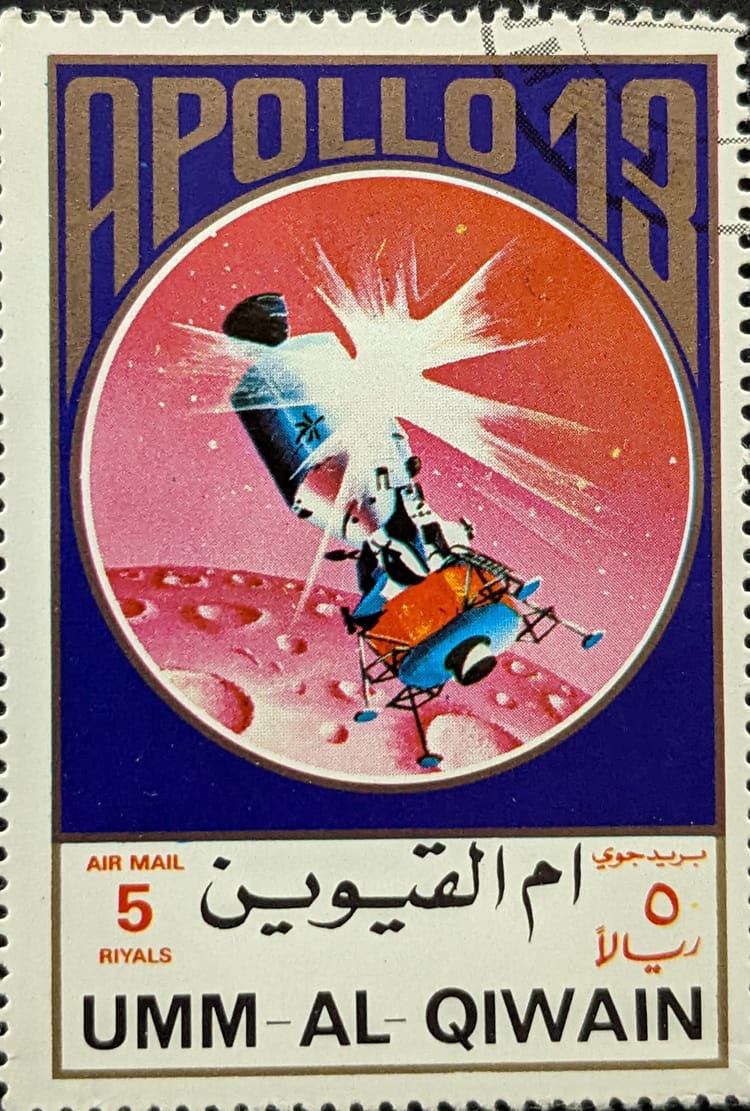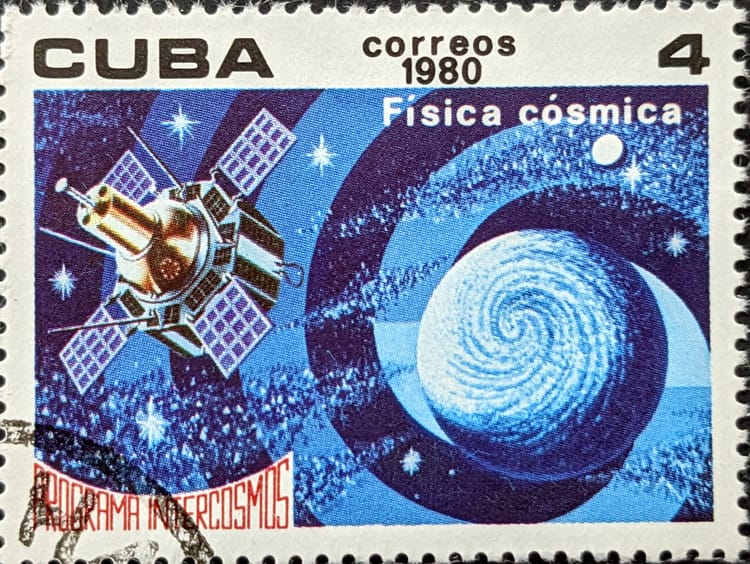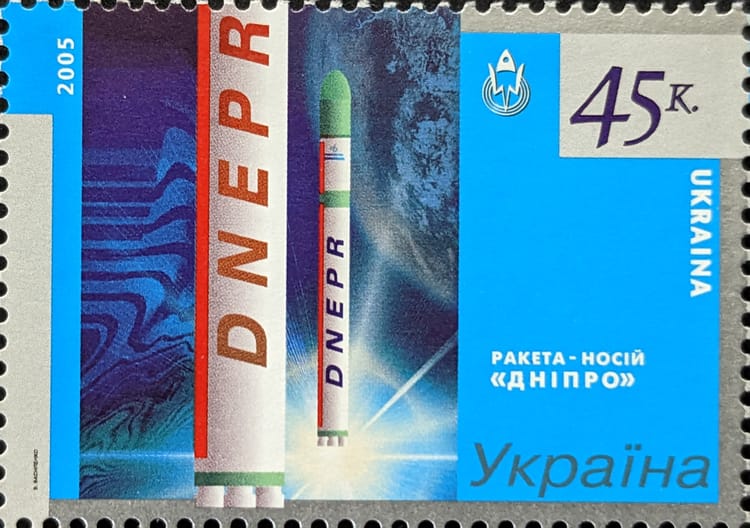China’s CZ-5B, Hand-wringing, Capabilities, and Credibility
China’s successful launch of the Long March 5B (Chang Zheng 5B--CZ-5B) early Tuesday morning certainly presented good news for China’s human spaceflight program. The fact the CZ-5B didn’t fail was a positive step for the launch vehicle itself--prior to this launch one of three prior CZ-5 launches resulted in a failure. While this latest launch is no guarantee that future launches using the CZ-5 will be as successful, it’s is still a positive data point for that launch system.
The CZ-5B’s manufacturer, the China Academy of Launch Vehicle Technology (CALT), provided launch specifications highlighting the fact that the CZ-5/5B can carry about 25 tons to low Earth orbit (LEO). It can also carry about 14 tons to geosynchronous orbit. The latest launch payload, a human spaceflight exploration/transportation capsule, was a few 1,000 kilograms shy of the CZ-5B’s maximum LEO lift capacity.
Beware the Hand-Wringers
It’s worth mentioning the capability numbers of the CZ-5 because they will be used out of context by certain groups and personalities. People will attempt to influence readers by inevitably starting with public hand-wringing. They will do it here in the U.S., worrying about just how far “ahead” China’s space industry is when compared to the U.S. They will talk about the need for more investment to overtake China and keep U.S. space activities in all sectors dominant. There may even be more laws floated to keep this homegrown technology out of the hands of China-backed companies. It’s happened before for many years (one of many examples from last year).
If there’s a fear, then there’s a solution available that requires a lot of money--usually from taxpayers.
Instead of going along for the ride with these statements, perhaps gaining some perspective may be useful. Gaining perspective requires looking a little at China's system capabilities and activities and comparing those to the U.S. and other nation's offerings globally.
Data helps with perspective
For those worried about China sending humans to space--China has already done that a few times. The country’s space agency has managed to deploy two space stations to LEO. China’s astronauts (taikonauts) stayed the longest--30 days--on the second space station, Tiangong-2. The nation used Tiangong-2 like the U.S. and others use the ISS--for experimentation and gaining knowledge. China intends to deorbit Tiangong-2 sometime soon, apparently.
Comparing China’s initial forays into human spaceflight to NASA’s accomplishments and there’s just nothing new there. The U.S. has manufactured and deployed several space stations starting nearly 40 years ago. NASA’s and Roscosmos’ astronauts typically spend hundreds of days on the International Space Station (ISS). The ISS itself is a hub of activity with routinely scheduled flights of cargo and crew to it. It even has multiple satellite deployers on it to deploy small satellites brought up on cargo launches.
To be clear, the launcher used this week, the CZ-5, is China’s most capable launch vehicle for mass-lifting. But, as noted before, it doesn’t have an established record of reliable operations. It’s not alone in the class of launch vehicles globally and doesn’t introduce new capability among older competitors. And it isn’t the most capable launch vehicle for mass-lifting in the world.
At one time, a launch vehicle’s ability to lift that much mass would be impressive, putting it in the rocket heavy-lift big leagues. But now the CZ-5 merely sits among older, but about equally capable, systems that can lift from 20-29 tons to LEO: the Proton, Delta IV Heavy, and Ariane 5. Plus a newer launch vehicle--the Falcon 9. However, the CZ-5 is a weakling compared to the Falcon Heavy’s ability to lift nearly 64 tons to LEO.

Mass data from manufacturer sources
While the CZ-5 is one of China’s newest launch vehicles, there’s nothing new about the technology and materials for manufacturing it and propelling upwards. The rocket has stages and uses fuels that many other rockets use. The rocket requires long preparation times and a dedicated launch pad. It even needs boats to get the CZ-5’s stages to the island, Hainan, where it launches from (just like ULA and Arianespace do). In other words, while China’s accomplishment is great, how it’s achieving it is through methods and technology very familiar to U.S. and other launch service providers.
A Critical Difference--Credibility
As for any commercial launches the CZ-5 could be used for--the reputation of Chinese companies leaves a lot to be desired (whether justified or not). In “For Sale: One SmallSat Rocket,” I observed that launch companies from China are battling themselves because of a credibility issue. This is in no small part because that nation’s government has shown no hesitancy to be heavy-handed in industrial espionage. Ultimately those factors mean that companies from other nations who can afford to launch large satellites are unlikely to choose any launch service provider from China--no matter how low the price or how reliable the launch vehicle is. The credibility issue alone will take time to repair.
In essence, the CZ-5 will be useful for government missions only. The CZ-5B will only be used for China’s Space Station-related missions such as the one it successfully delivered to orbit this week.
The upshot is that the CZ-5 is a necessary addition to China’s launch vehicle fleet. It’s necessary for lifting the country’s building blocks that will become China's space station in LEO. At the same time, while the launch vehicle is capable, it represents nothing new on the global launch services stage. If there were commercial companies out there willing to buy a CZ-5 launch, then it might even be a welcome competitor to the market. But the low credibility problems facing that nation’s launch services providers make that an unlikely circumstance.
At this time it appears that China is now diving into a pool in which Russia, Europe, the U.S., and even Japan have long swum.




Comments ()